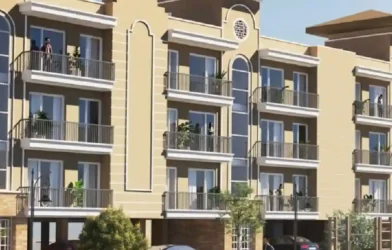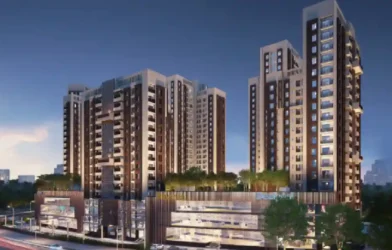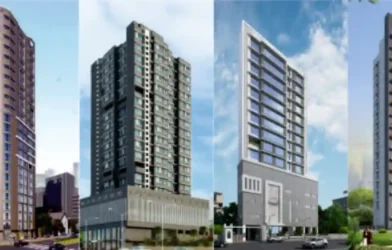Subtotal ₹0.00
Driven by strong fundamentals and consistent demand, especially for mid-end and luxury segments, the year 2024 turned out to be a robust year for real estate in general and residential realty in particular, with Mumbai and Pune accounting for nearly 50% of the overall residential supply and demand.
During 2024, homebuyers’ sentiments have remained positive amidst a compelling domestic economic performance. Supported by stable interest rates, launches and sales across major cities of the country are likely to end on a strong note in 2024, according to the Colliers Report. Although there have been recent signs of demand stabilization, riding on the strong first half, it will likely be regarded as another year of remarkable performance by residential real estate. Average housing prices across the top eight cities have already surged 11% annually in 2024. Interestingly, with rising cost pressures, affordability issues can impact the segment more as compared to the office and industrial & warehousing segments.
Steady rise in average housing prices can have a stabilizing effect on the residential market in 2025, especially in the affordable housing segment. If enabling conditions prevail, a reduction in benchmark lending rates can add buoyancy to the housing market in 2025. Within residential real estate, demand for luxury and ultra-luxury segments will witness higher growth as compared to affordable and middle-income segments. Developers will continue to recalibrate their strategies and be selective in launching new projects. Amidst sustained housing demand, inventory levels, thus can drop further over the next few quarters. Ready-to-move-in properties and reputed developers with established project execution capabilities will continue to be preferred by homebuyers in 2025.
The new year is likely to witness healthy traction in luxury and ultra-luxury segments, driven by strong appetite from HNIs and NRIs. A clear preference for premium and best-in-class offerings will increasingly define the contours of the segment. Enquiries and primary sales in plotted developments, villas within gated communities and vacation homes are likely to remain strong throughout 2025 and beyond.
With Tier 2-3 cities will be in an expansionary mode. Rapid urbanization and enabling factors such as infrastructure boost, tourism growth & employment opportunities will propel the organized residential market to expand beyond the Tier-I cities, creating dispersed growth centres across the country. Real estate activity in the emerging smaller cities is on the rise, evident from established real estate developers foraying into these markets. Infrastructure development will further fast-track real estate growth in Tier-2& 3 cities including temple towns such as Amritsar, Ayodhya, Dwarka, Puri, Shirdi, Tirupati, Varanasi, etc.
Within residential real estate, the Build-to-Rent (BTR) segment holds immense potential, driven by rapid urbanization, changing lifestyles, and demand for professionally managed rental housing. Hassle-free contemporary living replete with amenities such as roof-top gardens, gyms, plunge pools etc. can potentially offer better tenant-product-fitment and help in tapping the relatively unexplored segment. BTR properties, often commanding higher rental rates than traditional buildings, can interest niche residential investors and developers over the next few years.
Considering the rising demand in 2024, the senior housing segment will offer lucrative opportunity in 2025. Assuming the long-term potential in the sector, developers are likely to ramp up their activities in the senior living landscape during 2025. The senior living sector, currently valued at USD 2-3 billion, is poised for rapid growth, potentially reaching USD 10-12 billion by 2030. Although the demand-supply gap will continue to persist, market penetration and developer offerings are likely to pick up pace in both independent and assisted living formats in 2025 and beyond over the next few years.
Demand for smart and sustainable homes will continue to be on the rise, blending advanced technology with sustainable design elements. Residential projects will increasingly witness the usage of sustainable materials and emphasize natural light, ventilation, & green spaces. Lowering carbon footprints is likely to become an important consideration for new-age homeowners, especially millennials. Additionally, installation of solar panels & smart thermostats, and resource-efficient systems including rainwater harvesting & groundwater replenishment systems will increasingly become mainstream across residential segments.
Building on the strong strength of 2024, the residential sector is likely to do well in 2025, with robust launches and sales.














